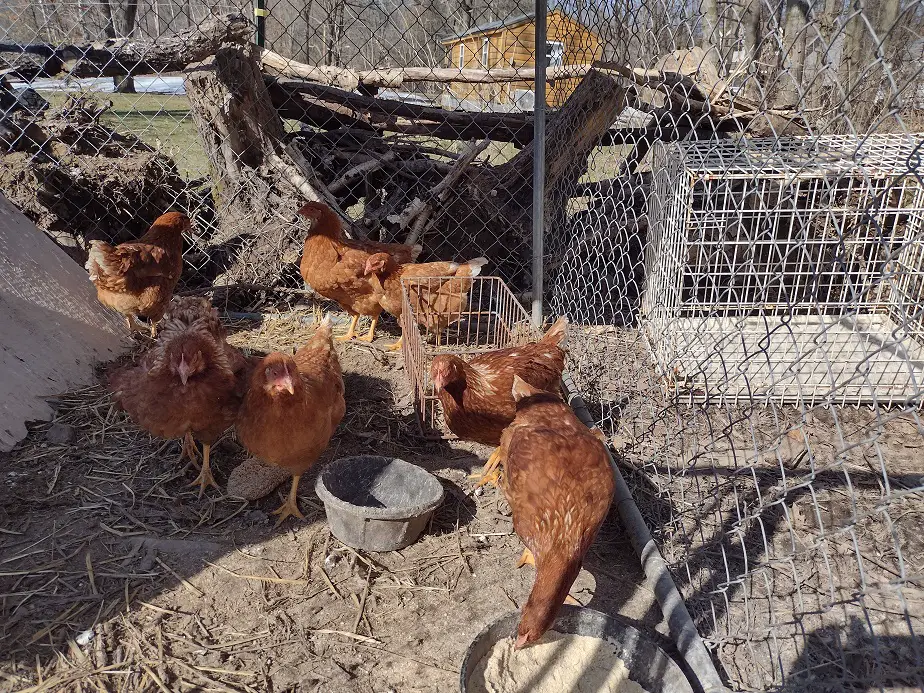I’ve tried every feed option available to me. Here’s what we learned.
Scratch grain is higher energy but layer feed is higher protein and more balanced. A Layer feed has higher protein and calcium to support egg production, and vitamins to keep chickens healthy. Scratch grain is chopped whole grains without added protein, minerals, or vitamins.
Here’s the scoop on scratch grains.
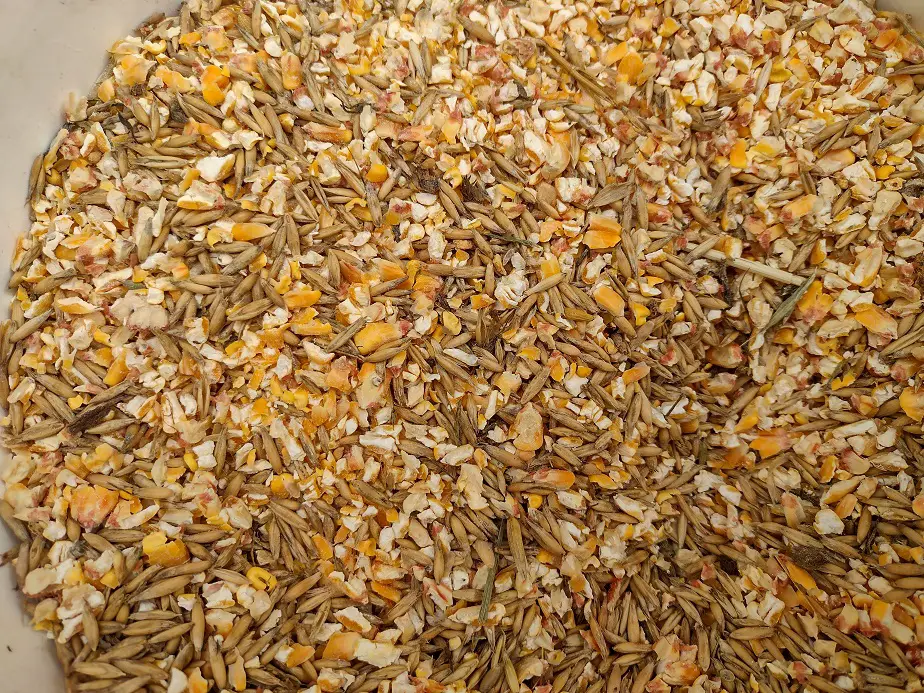
What’s in Scratch Grain?
Scratch is all grains with no additives. Usually, it’s mostly cracked corn with a little wheat or oats. In some areas, it may include sourgum or even field peas. Most scratch is around 10 percent protein, lacking in essential amino acids, and doesn’t have many vitamins or minerals.
It’s basically just whatever grains are available for cheap locally. Back in the day, that was chicken feed. It’s essentially the base of our modern formulated feed. Grains full of starch, but nothing else. Certainly not a complete and balanced diet. So then the question is, why is it still a thing if it’s not balanced?
Two reasons for that. Firstly, it’s one more product to sell. Secondly, it’s cheaper (usually) and has some good uses. Scratch is commonly used to get birds scratching at the soil more. This is supposed to help them learn to look for bugs and stuff they rummage under leaves and through the dirt.
Personally, I say chickens will learn to do that on their own in a day if just let them out. Scratch being all-grain is high in energy. It’s a cheap supplement to birds that are on a kitchen scrap or free-range diet. Free-range birds get plenty of vitamins and minerals and usually enough protein. but they need energy.
This is the only scenario where I would buy a scratch and only if it was quite cheap. Cracked or shelled corn is another fine option to serve the same function, and it’s generally a bit cheaper than scratch.
Let’s talk about the nutritional differences and what you should use.
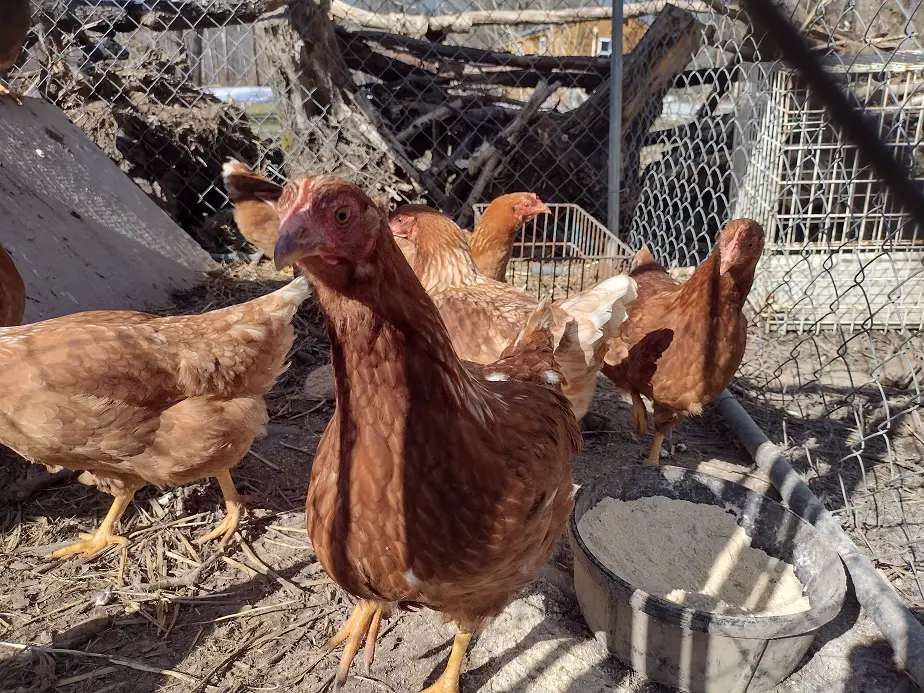
What’s in Layer feed?
Layer feed is a nutritionally balanced complete feed for egg-producing chickens. It’s usually mostly corn. Most layer rations are approximately 75-80 percent corn and 15 percent soy. The rest is a mix of things like fish meal, ground oyster shells, oil, mineral salts, and a multivitamin additive.
Soy-free rations usually contain peas or some other bean. Corn-free rations contain other grains like sorghum. Organic rations cannot contain GMO ingredients or animal by-products.
In the development of feed, there have been a lot of improvements made in common chicken feed. The biggest were adding more protein and calcium. Mature chickens need something like 5 times more calcium and twice the protein when laying eggs regularly.
Protein is huge. Grains have protein, but not the kind of protein that chickens really need. They need the protein that’s only found in meat, bugs, beans, and peas. That’s why fish meal and soybean meal are in most chicken feeds. Some more expensive feeds may use peas, lentils, or other beans as a protein source.
The next benefit came from adding a general mineral boost, and a dose of a multivitamin mix. That made a world of difference in chickens, particularly confined birds that can’t forage for themselves.
100 years ago, most people fed their chickens corn, kitchen scraps, and spoiled food. It was quite common for those birds to be lacking greatly in the nutrition they needed to do their best. Folks did what they could do and what they knew how.
I feed my birds kitchen scraps. But, even with a family of 7, we don’t make a lot of food waste. Usually, we’re talking a low-protein pile of leftovers or lightly spoiled food. It helps, but that with grains alone isn’t enough for healthy chickens. In the laying season, our birds get a layer feed from the local feed mill.
I just paid $32 dollars for 100 pounds of layer feed. That’s 32 cents a pound, about going rate. Since scratch is almost the same price but worth less to the birds, it doesn’t make sense for us to buy. In the winter, I like to switch to fermented grains. It’s cheap and gives them what they need in the off-season.
But, we’re still not talking the stuff labeled and sold as “scratch”. It’s just nowhere near worth it for us to pay an inflated price for “special” grain.
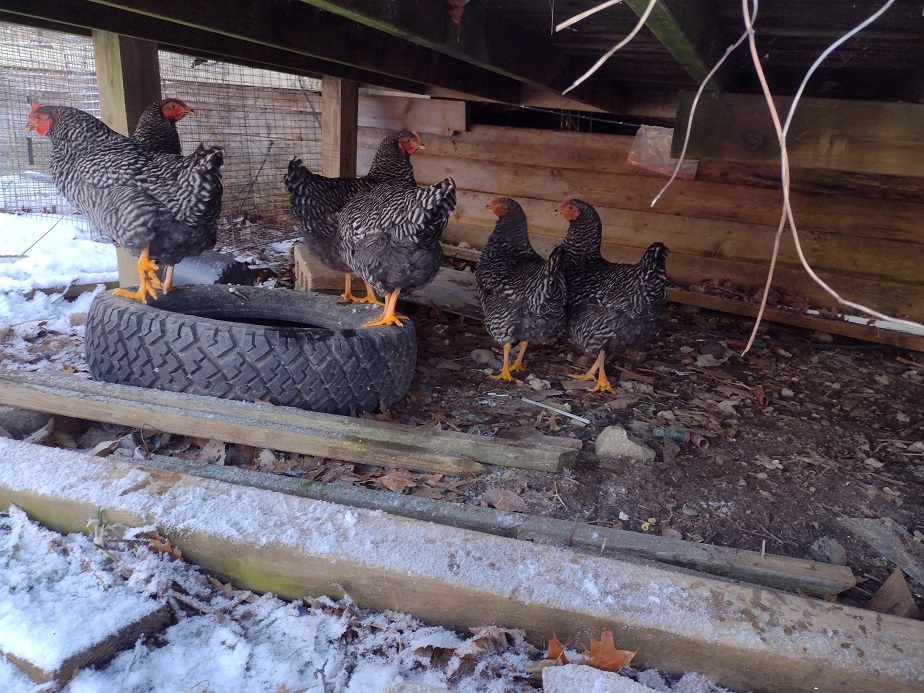
Do Chickens Need Scratch?
Chickens do not need scratch. Research has shown scattering scratch on the ground can benefit fowl by encouraging more pecking and scratching in the dirt, leading to more minerals being ingested. But, scratch is another expense to handle and most chicken owners don’t find it worth it.
I don’t use a scratch grain, at least nothing marked as such. We do buy oats and corn from a nearby farm, and the chickens do get some after it’s been fermented. We feed a little shelled corn, and whole oats (with the hull still attached). We pay 16 cents a pound.
If I didn’t have the option to get grain at that price, We wouldn’t use it. The pre-mixed scratch is almost 30 cents a pound in town. That’s ridiculous in my opinion. It’s just not worth it.
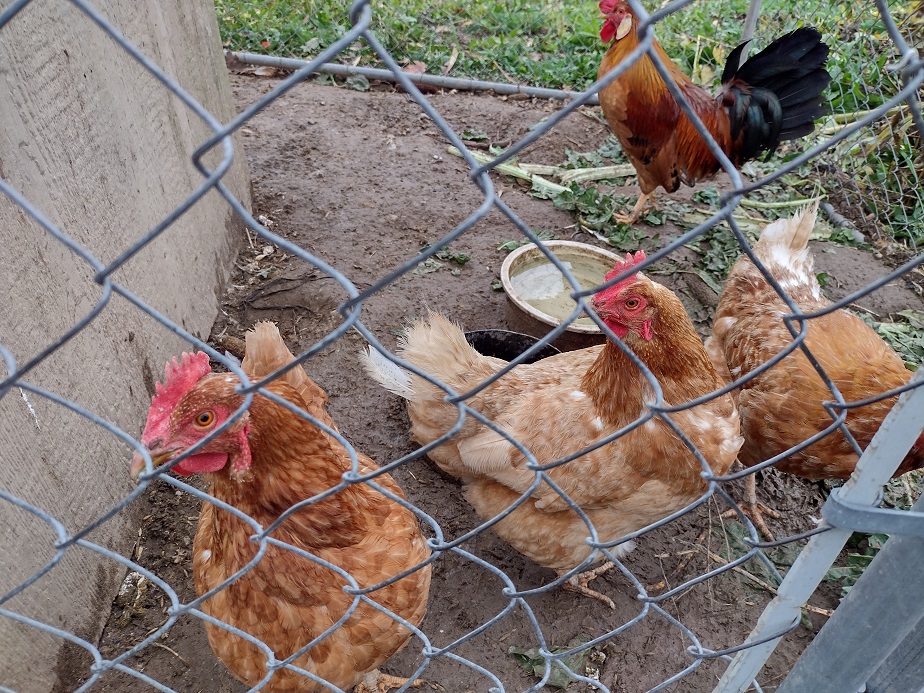
Is Scratch Grain Bad for Chickens?
Scratch is sometimes bad for chickens but it can be beneficial. It’s not needed, but some chicken owners opt to purchase it and feed in small amounts to their birds along with a formulated chicken feed. Over-use of scratch leads to malnutrition, poor performance, and oftentimes obesity in chickens.
Scratch grain is more billed and marketed towards chicken owners than the birds themselves. It’s called both essential and a treat. It is not essential. Chicken feed is already 80 percent whole grains.
Marketing scratch is usually an attempt to convince folks to extra spend money on overpriced grains to keep your chickens happy, or because the company says it’s needed. A good feed is far better for chickens than a good scratch. Most scratch is the cheapest grains. But, it’s not all bad.
If you are feeding a regular formulated feed, be careful giving extra grains to your birds. It will water down the nutrition of your formulated feed. A little is fine, but not really needed.
I do have a pretty good tip for using scratch grains. If you ferment it in water for 2-3 days, it gains protein and benefits the health and vitality of the birds. That’s actually the best way to use any grains in my opinion.
Fermented scratch, or even fermented shelled corn, is a very practical benefit to chickens. Giving chickens a little fermented grain has been shown to increase their growth, health, and egg laying, all while decreasing feed costs. So yes, that’s a very good use for scratch.
Related Articles:

